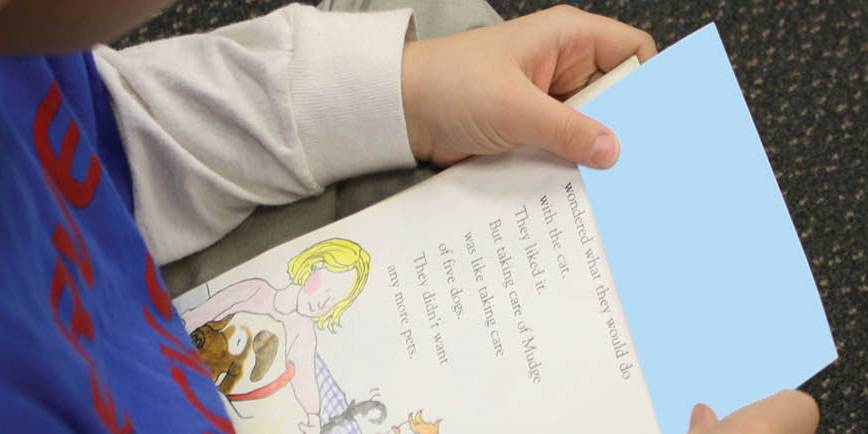Learning Center
Reading
Target reading rate with closed captioning
March 1, 2019

Reading fluency is a pivotal component to improving comprehension. If students spend too much mental energy decoding the words, they can’t focus on what the words mean. If students read too slowly, they will never make sense of the text.
While fluency is a regular component in K-2 instruction, many intermediate and secondary students still struggle with it. Consequently, increasing reading rate and improving sentence phrasing must also be addressed in the language arts curriculum. (For some students, they are not just reading to learn; they are still learning to read.)
To implement a fast and grade-appropriate fluency activity into the classroom frequently, use video texts with closed captioning.
- Project the video onto the whiteboard, with the audio off (or turned low) and “closed captioning” turned on.
- Assign students to “read” a video on their individual devices using “closed captioning” and no earbuds.
- Adjust the settings of the classroom television to activate “closed captioning.” Watch the documentary, movie, video, etc. all on mute.
Each of these instances forces the students to read quickly as the text changes rapidly. Students must use their fluency skills, in particular the reading rate, in order to comprehend the message. (Remember, the goal isn’t to just read faster. It’s to read faster in order to comprehend.)
This could be introduced, taught, and modeled as a whole-class activity. Then, integrate it as a regular facet of your classroom. Short clips can be assigned as bell-ringer or literacy-station tasks. You might even add it as an at-home tip in your weekly newsletter. To differentiate for your high-ability students, you might increase the length of the videos and have them annotate digitally.




